
views
Treating Umbilical Hernias
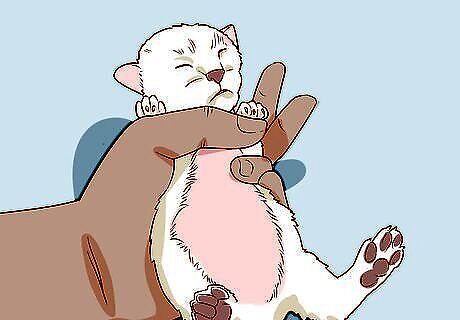
Monitor the kitten’s belly button after birth. Umbilical hernias are very easy to detect. After birth, check the abdominal area of the kittens. An umbilical hernia will be a bulging area of tissue around the belly button. This hernia will feel soft. If you push it in, it will pop back out immediately. If an umbilical hernia gurgles when you press on it, take your kitten to the vet immediately. A gurgling umbilical hernia can be a sign that part of your kitten's gut has passed through the hernia. Some kittens may also vomit and refuse to eat. They develop soon after the kitten is born if the opening in the abdomen that was connected to the umbilical cord does not close properly.

Take your kitten to the vet. If you notice an abnormal bulge in the belly button area or hear a gurgling sound when you press on the kitten’s abdomen, take them to the vet. The vet will perform a physical exam, which is usually enough to identify the hernia. The vet may also ask you basic questions about the hernia, like when did it appear, has it gotten large, has the kitten been performing basic bodily functions, or has the kitten seemed like they were in pain.
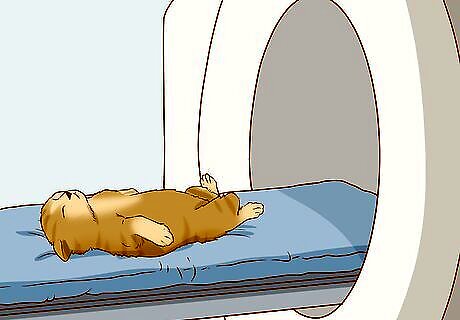
Get imaging tests. The vet may decide to do an x-ray or ultrasound on the abdomen. This can help determine the extent of the damage associated with the hernia. The vet will need to see if part of the intestine is inside the hernia. Determining if the intestine is involved helps the vet decide on treatment.
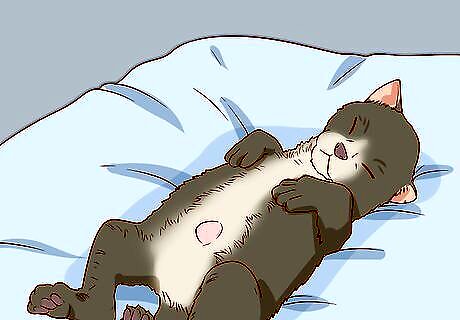
Wait until the kitten is desexed for uncomplicated hernias. Uncomplicated umbilical hernias often heal on their own by the time the kitten is six months old. The vet will check the kitten when it is taken to be desexed. If the hernia is still a problem, the vet will suggest surgery.
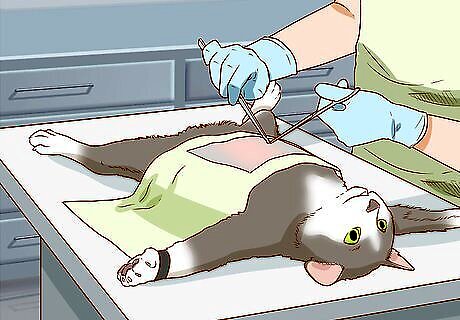
Correct complicated hernias with surgery. Complicated hernias occur when abdominal organs shift through the hernia and past the muscle. This generally leads to death of some tissue and part of the intestine. This type of hernia will not fix itself, so the kitten must undergo an emergency surgery. The vet will remove dead and scar tissue and then close the hernia with sutures. Most kittens have a complete recovery after this procedure if the complications are caught early enough. If you think your kitten has a complicated hernia, don't wait to visit your vet.
Treating Hiatal and Diaphragmatic Hernias
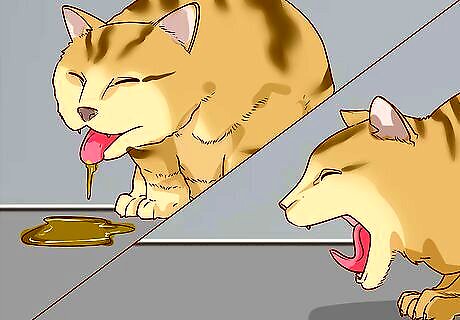
Recognize the symptoms. Some cats may not display any symptoms with a mild hernias. The most common symptoms associated with hiatal and diaphragmatic hernias include drooling, vomiting, or coughing. The cat also often experiences problems breathing, which may lead to resistance to exercise. The gums and lips may have a bluish tint. Cats may also not want to eat and lose weight. This may be related to problems swallowing.
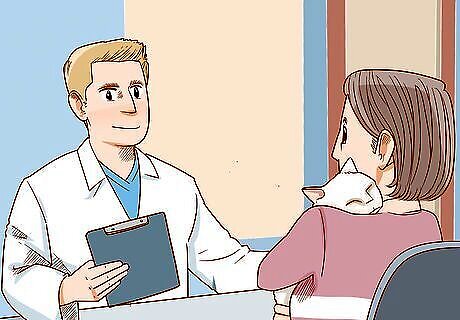
Take your cat to the vet. Hiatal and diaphragmatic hernias occur either due to birth defects or from trauma. Whenever your cat shows any symptoms, take them to the vet. The vet will perform a physical exam. If you have a kitten, the vet will look for other birth defects. If the cat has experienced trauma, the vet will find the injuries and treat those first.
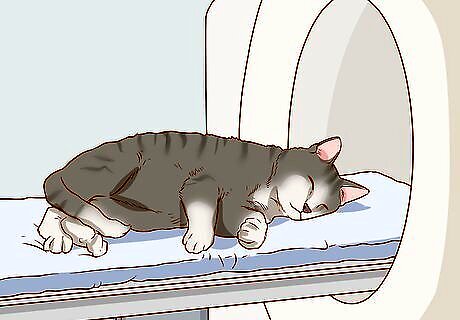
Get imaging tests. The vet will need to perform imaging tests to determine the extent of the damage. An x-ray may be used to look for herniated areas, such as gas-filled tissue or organs that have no border. Small cameras with lights may be inserted into your cat’s digestive tract to get clearer images of the hernia. This can also help the vet find complications, like foreign bodies or pneumonia.

Get the hernia fixed surgically. Hernias that occur due to trauma may need to be repaired surgically. The vet will fix the abdominal wall and restore all organs to their proper locations. Surgery will help to prevent any scarring between the chest cavity and the intestines. The cat will have to go under anesthetic. The vet may use sutures to help close the hernia. Some organs may have to be surgically attached to the abdominal wall to keep them in place.
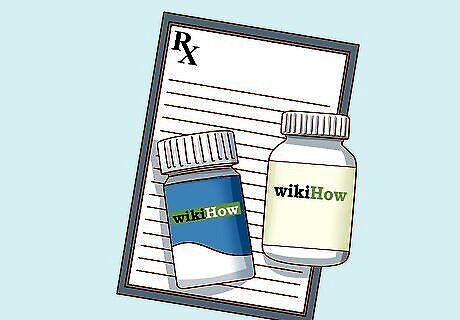
Give your cat medication. The vet may prescribe medication for your cat. Your cat may need medicine to help aid the digestive process. The vet may also give the cat medicine to help strengthen the sphincter, which will help with digestion. If the cat has pneumonia or a bacterial infection, they will be given antibiotics. Sometimes antibiotics are given after surgery to help prevent infection around the incision.
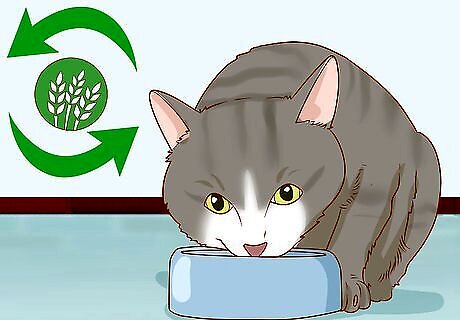
Change your cat’s diet. The vet may suggest that you change the cat’s diet to help with their digestion. Generally, cats will need to eat smaller meals more often throughout the day. They also need foods that are lower in fat. Talk to your vet about a good low fat cat food for your cat’s condition. The vet may also suggest probiotics or antacids to help the cat with their digestion.
Treating Perineal and Inguinal Hernias
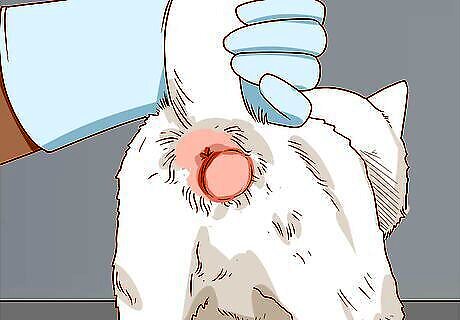
Look for abnormal swelling around the rear. Perineal hernias usually occur on the side of the anus. Inguinal hernias occur in the groin area. These hernias can contain multiple organs, including the rectum, prostate, bladder, and small intestine. Because of this swelling, the way the cat carries their tail may change.

Notice any changes in elimination. Cats who have perineal or inguinal hernias may have difficulty with urinating and defecating. They may strain to do either process, or they may experience incontinence. You may also see a bulge on the side of their anus. Cats with a inguinal may also experience bloody urine. They also may try to urinate often.
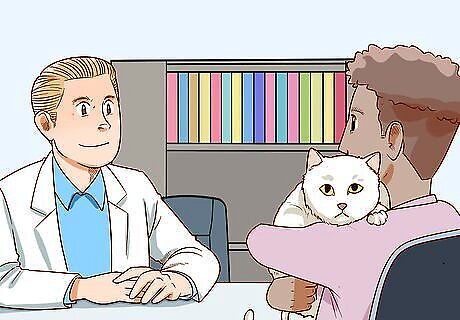
Take your cat to the vet. The vet will perform a physical exam to determine the type and state of the hernia. If they have a perineal hernia, the vet will perform a rectal exam. This may require a sedative. The vet may do a blood count, urinalysis, or biochemical profile. The vet may also perform imaging tests to figure out what organs and tissues are inside the hernia, if there is cancer, and the size of the bladder and colon.

Get surgery to fix the hernia. Emergency surgery will be performed if the bladder is in the hernia since it causes the cat not to be able to urinate. In non-emergency cases, the vet does surgery to fix the pelvic diaphragm or abdominal wall. For some cats with perineal hernias, they tack the colon or bladder to the abdominal wall. With inguinal hernias, the vet may need to replace organs in the abdomen area. Male cats will be castrated during this procedure to help reduce risks of future problems.




















Comments
0 comment